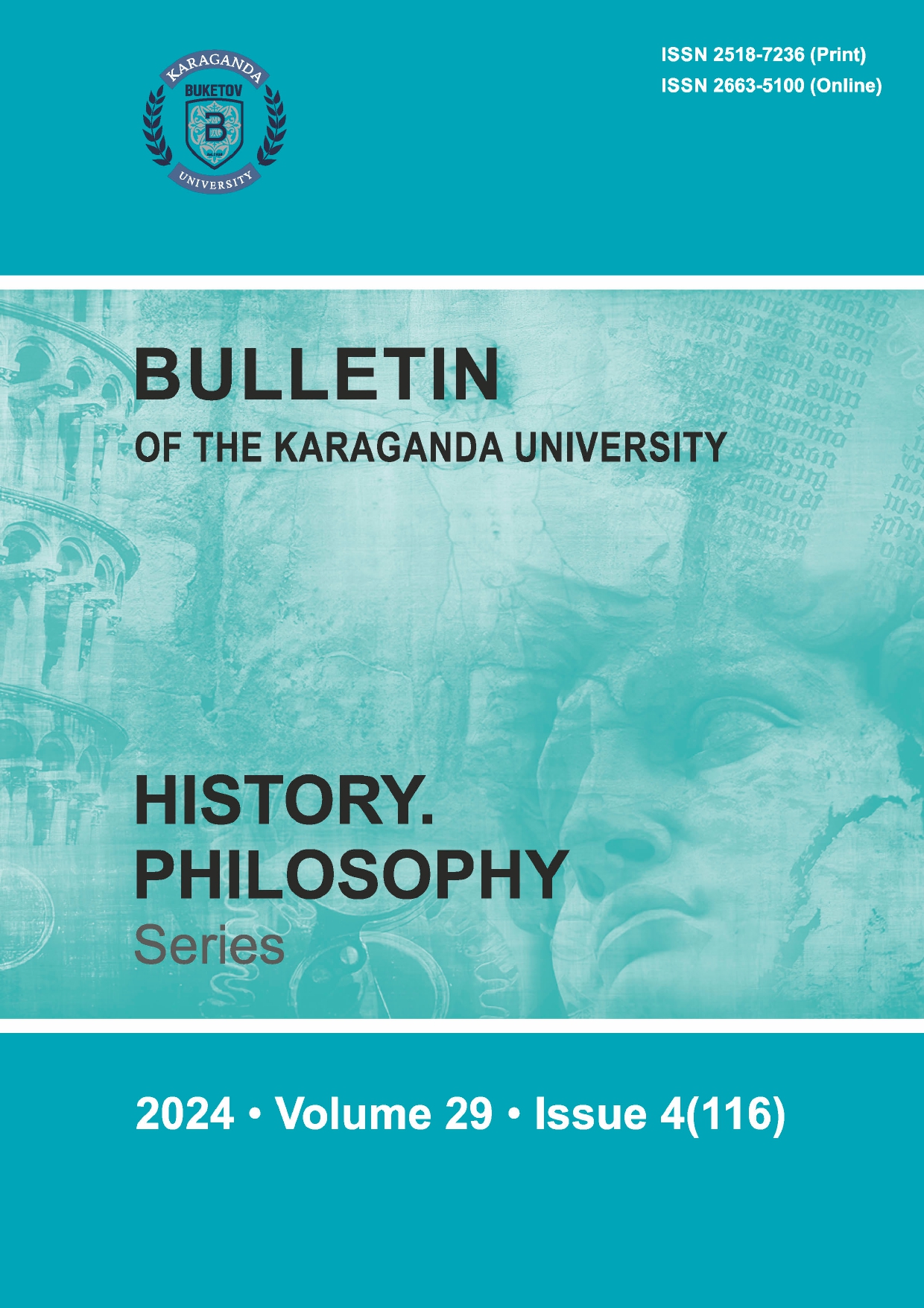Bronze belts with zoomorphic images in the Koban culture
DOI:
https://doi.org/10.31489/2024hph4/77-88Keywords:
Central Caucasus, Koban сulture, Tli and Koban cemeteries, graves, 9th‒7th century BC, bronze belts, zoomorphic images, snakes, seriation, correspondence analysisAbstract
The bronze belts represent one of the most notable artefacts left by the ancient cultures of the Caucasus, and indeed the most striking ones from an artistic point of view. These belts represent the development of various artistic styles and are remarkable expressions of the advanced metalworking that developed in the mountainous highlands of the region at the beginning of the Early Iron Age. An article is devoted to the consideration of sheet bronze belts decorated with various zoomorphic images that were found in graves of the Сentral Caucasus region, mostly in Tli and Koban cemeteries (North and South Ossetia). Belts accompanied male or female individuals were essentially personal objects. Many of them have highly distinctive incised designs featuring animal and less often human figures. There are two main groups among them — belts decorated with zoomorphic images, made in the local Koban art style and belts executed in the southern, Transcaucasian traditions. Statistical analysis of numerous funerary objects found with decorated belts allowed us to clarify their chronological position between the 9th and 7th century BC. The gender correlation of finds also revealed certain regularities in their distribution.




